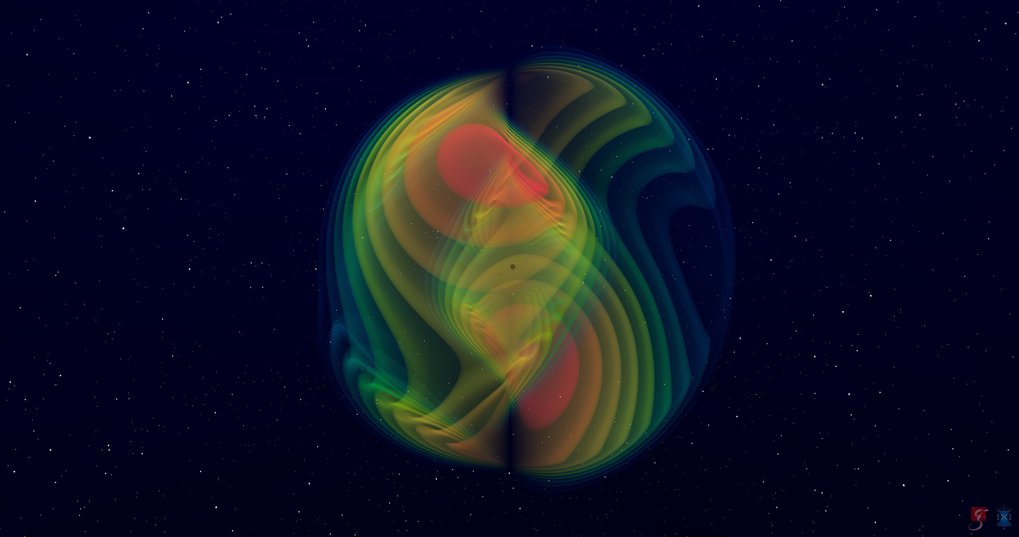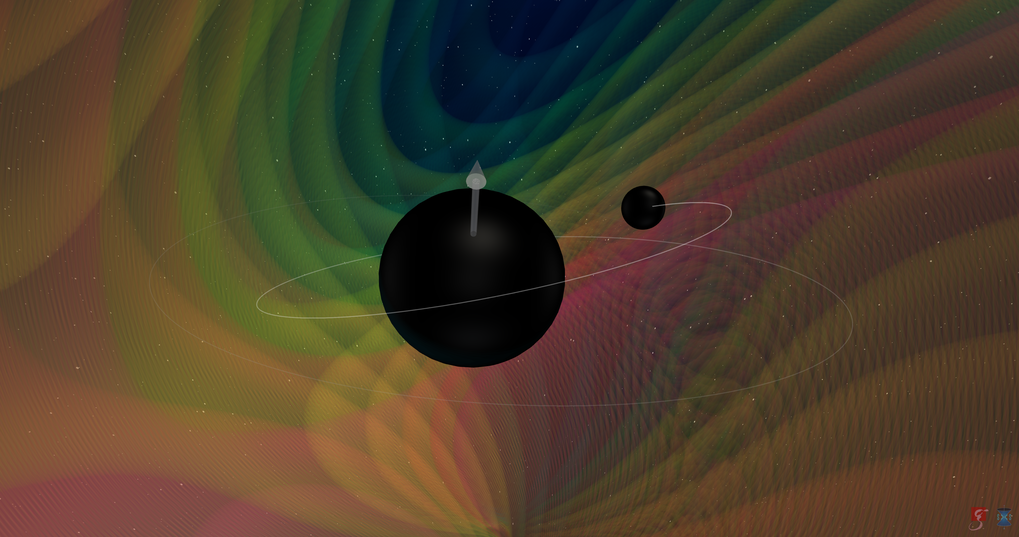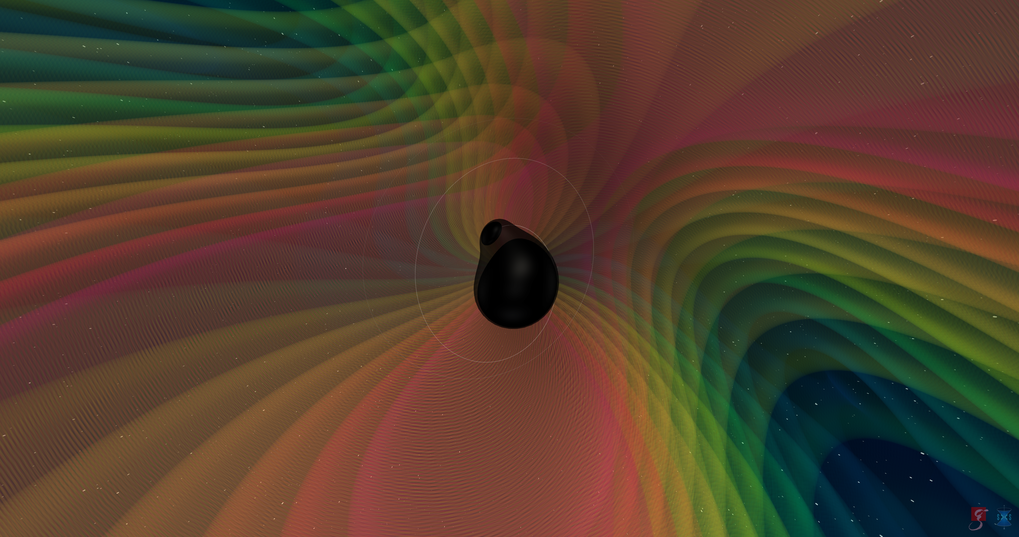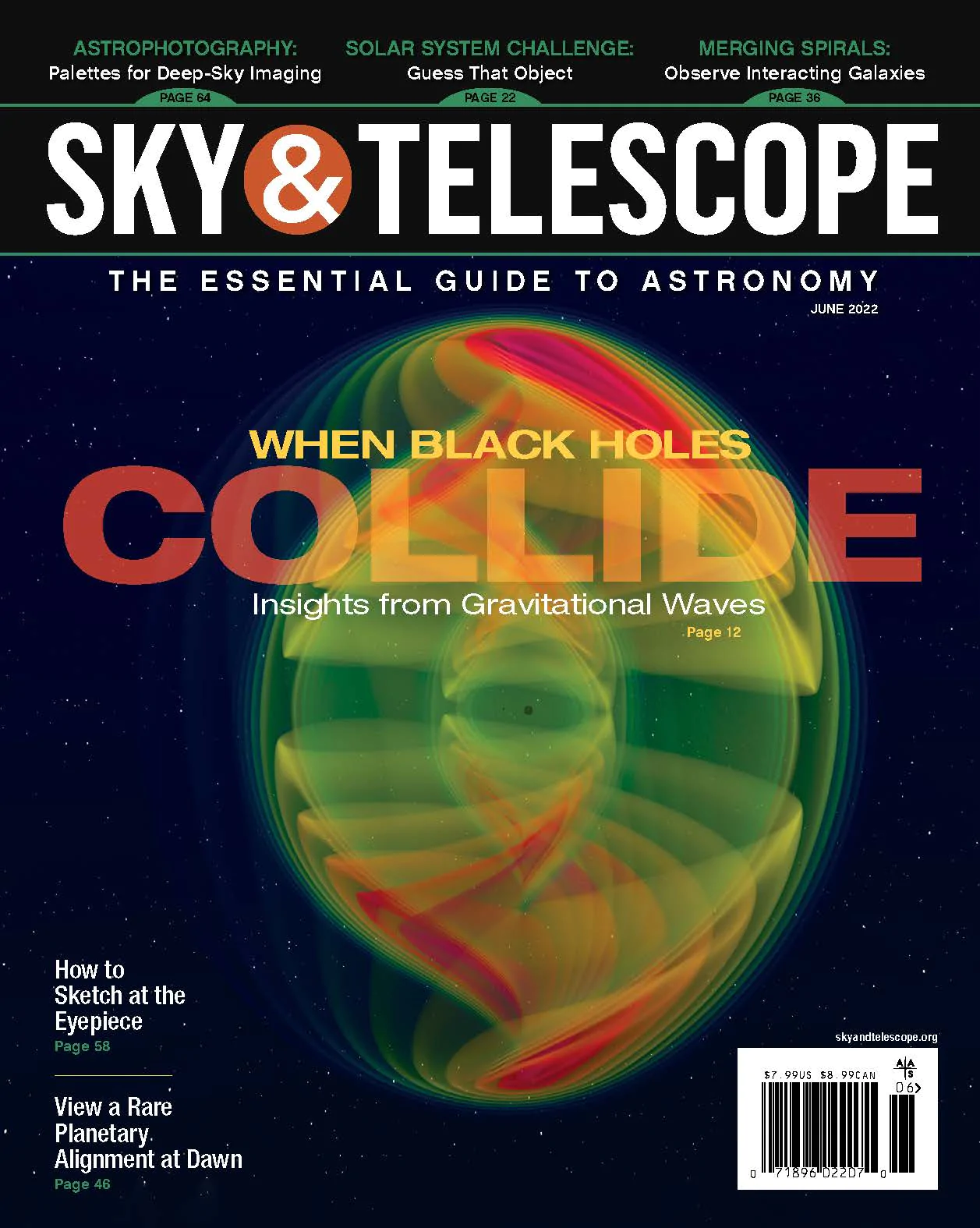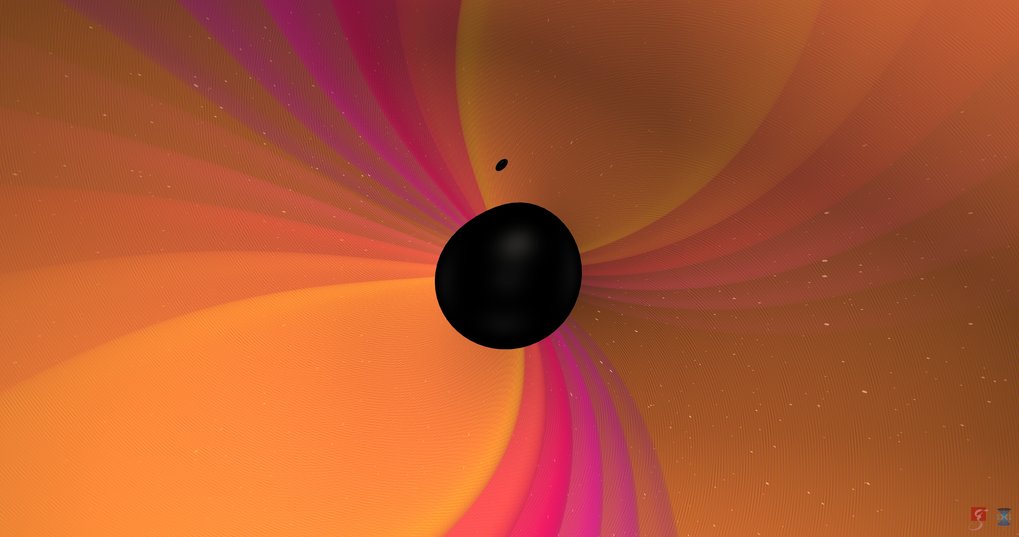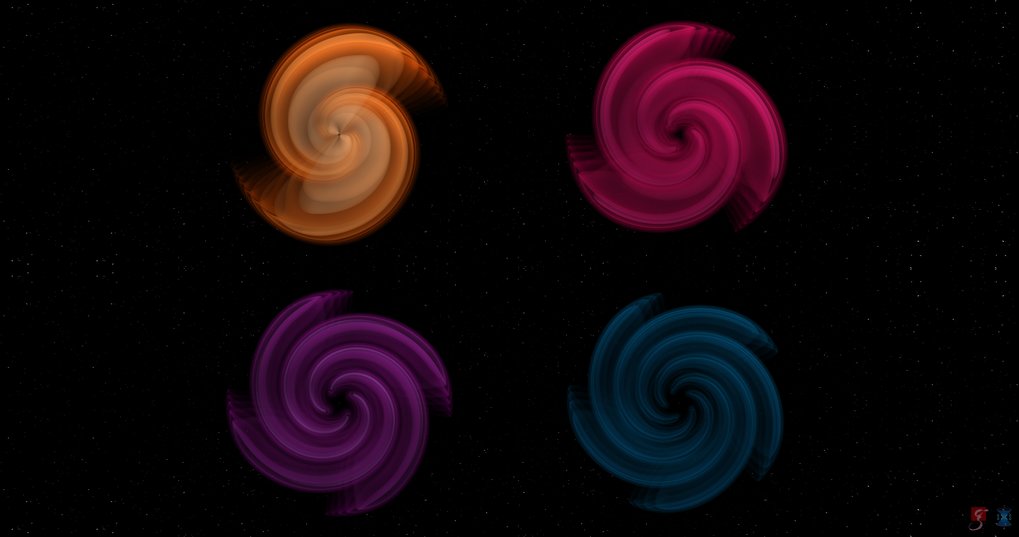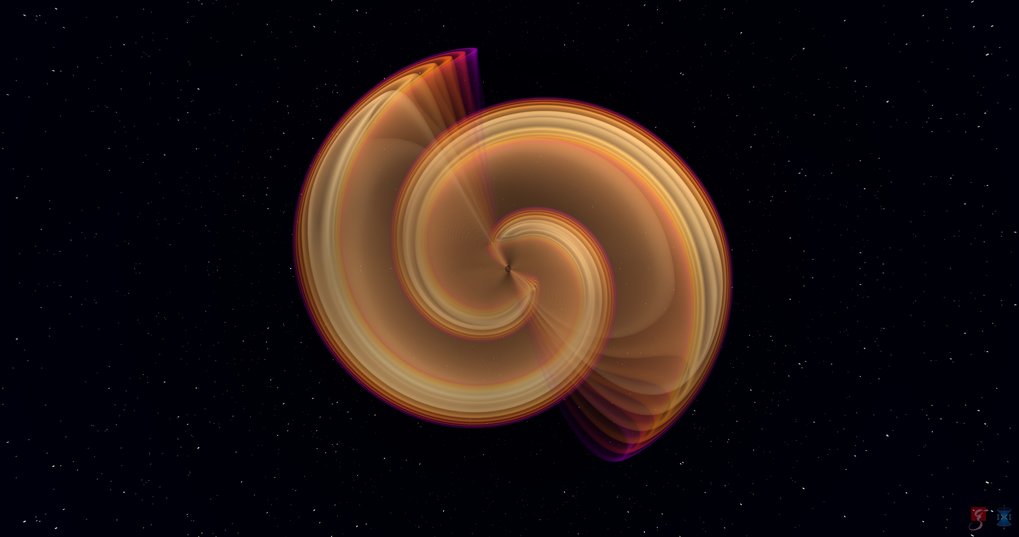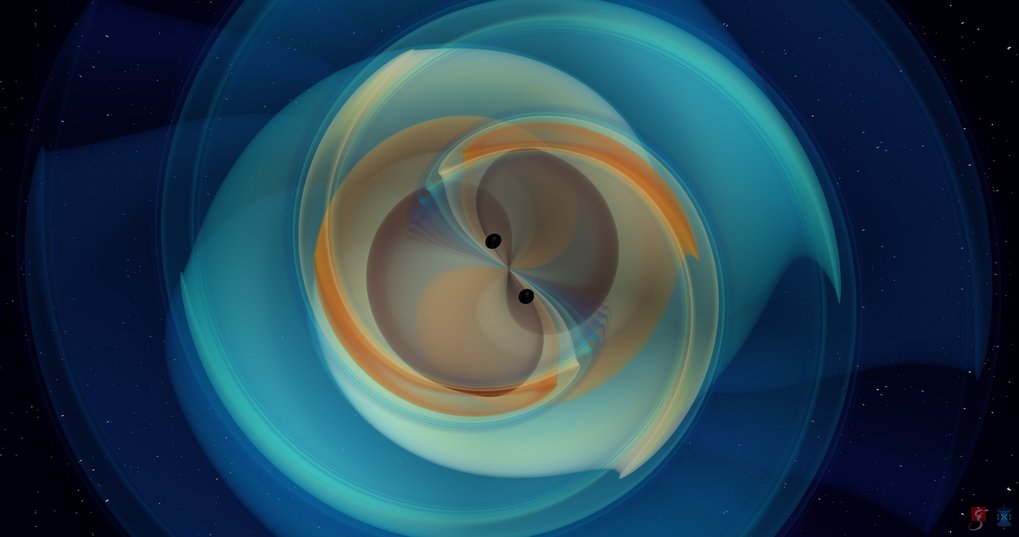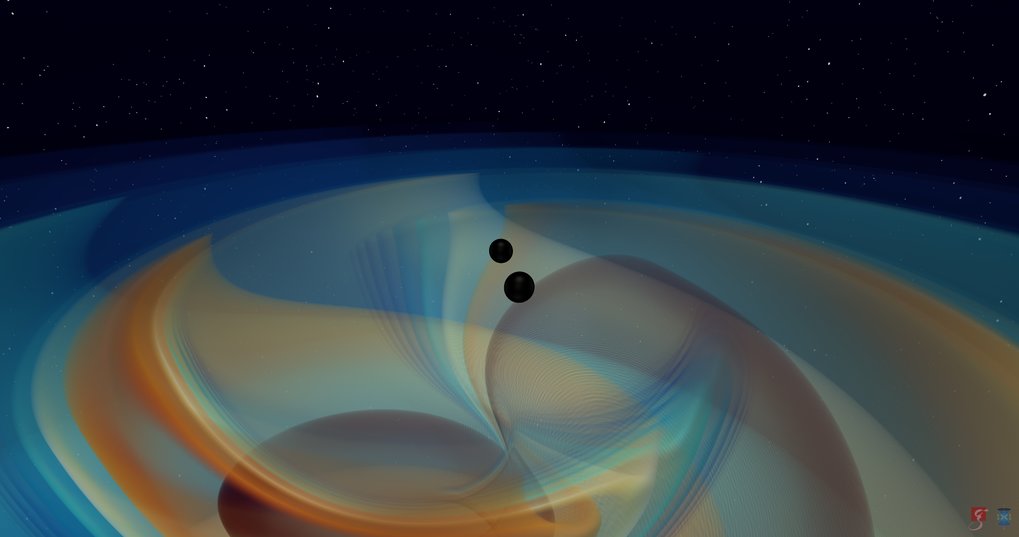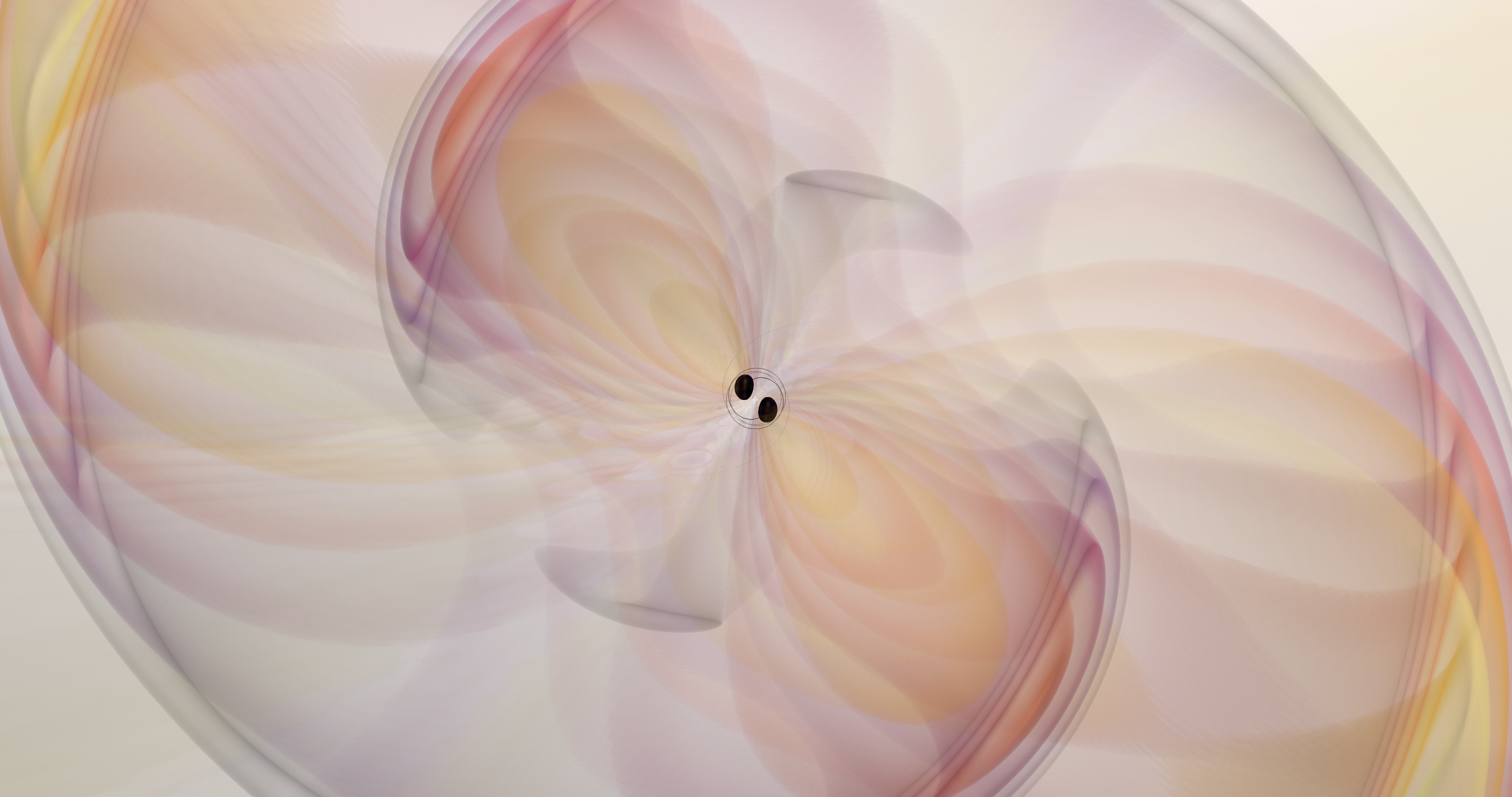Gallery¶
Here are a few images and movies produced with this software package, and their appearances in media and scientific journals.
Visualization of GW190412¶
Numerical simulation of two black holes that inspiral and merge, emitting gravitational waves. One black hole is 3.5x more massive than the other and spins, which makes the orbit precess. The simulated gravitational-wave signal is consistent with the observation made by the LIGO and Virgo gravitational-wave detectors on April 12th, 2019 (GW190412).
Source: nilsvu/gw190412-movie
Video:
Selected media coverage:
Appearances in scientific publications:
A Horizon Study for Cosmic Explorer: Science, Observatories, and Community, arXiv:2109.09882
The Next Generation Global Gravitational Wave Observatory: The Science Book, arXiv:2111.06990
Lovelace, G. Computational challenges in numerical relativity in the gravitational-wave era, Nat Comput Sci 1, 450–452 (2021)
Magazines:
Prizes:
Visualization of GW190814¶
Visualisation of the coalescence of two black holes that inspiral and merge, emitting gravitational waves. One black hole is 9.2x more massive than the other and both objects are non-spinning. The high mass-ratio amplifies gravitational-wave overtones in the emitted signal. The gravitational-wave signal produced is consistent with the observation made by the LIGO and Virgo gravitational-wave detectors on August 14th, 2019 (GW190814).
Visualization of GW190521¶
Numerical simulation of two black holes that inspiral and merge, emitting gravitational waves. The black holes have large and nearly equal masses, with one only 3% more massive than the other. The simulated gravitational wave signal is consistent with the observation made by the LIGO and Virgo gravitational wave detectors on May 21st, 2019 (GW190521).
Source: nilsvu/gw190521-movie
Video:
Selected media coverage:
Visualization of a black hole scattering and capture orbit¶
Numerical simulation of two black holes that scatter and then merge, emitting gravitational waves. Simulation with the SpEC code and wave extraction with the SpECTRE code by Oliver Long.
Source: nilsvu/bbh-capture-movie
Video:
